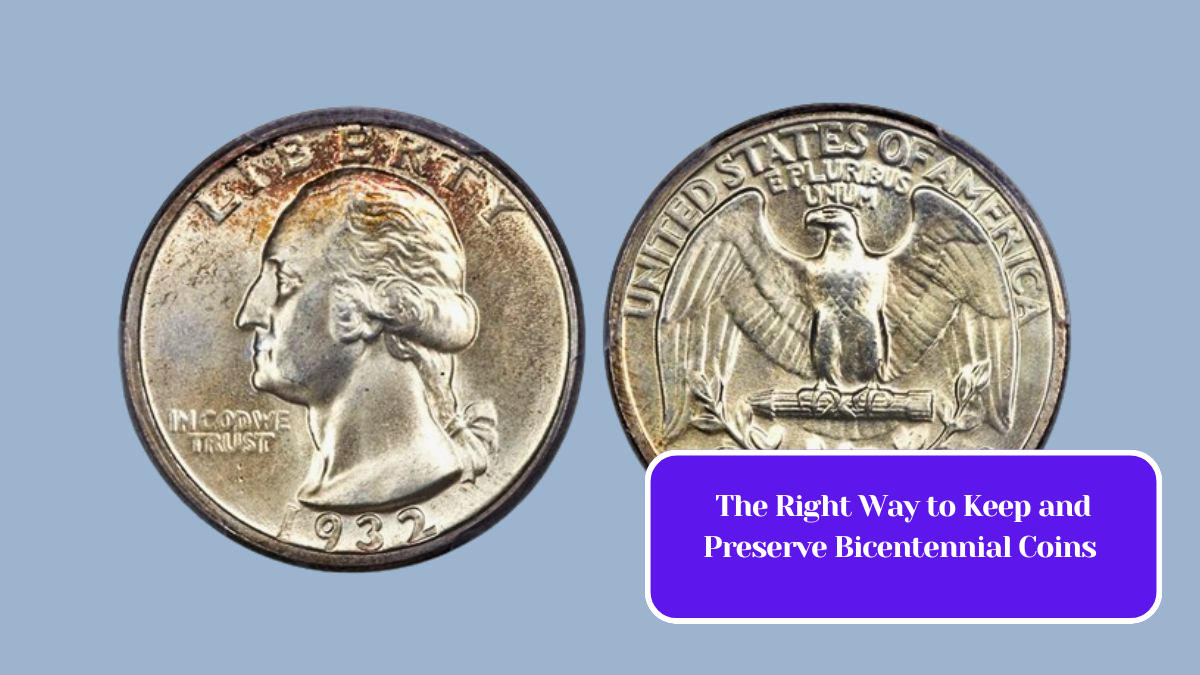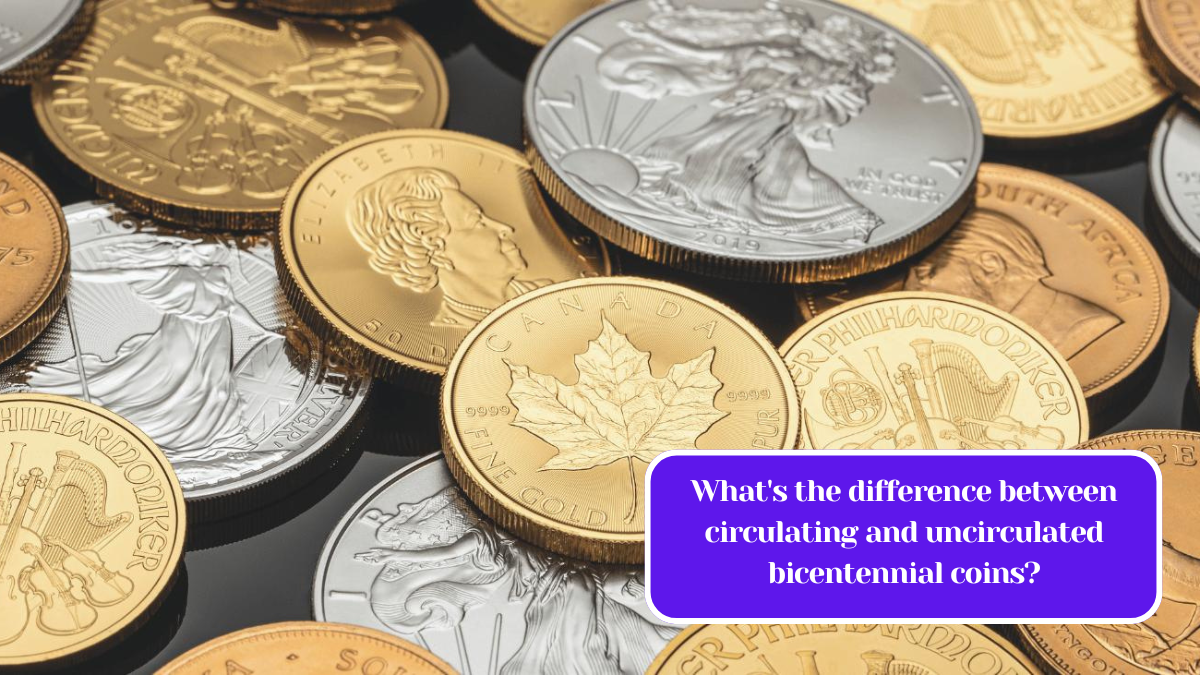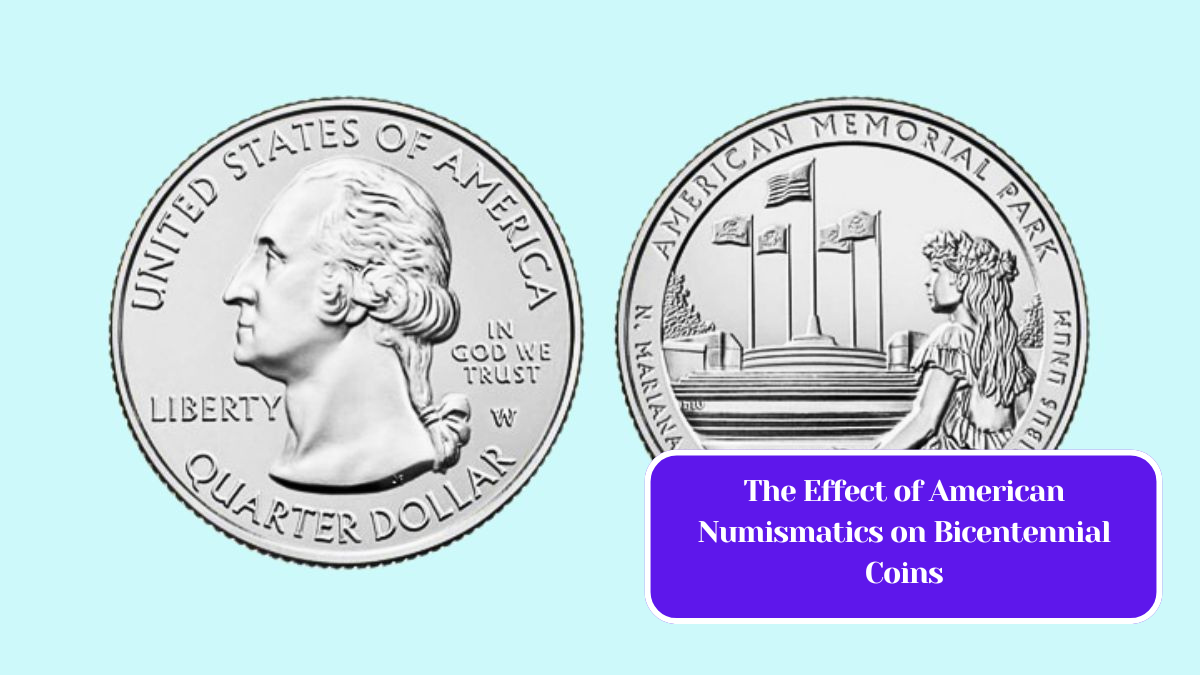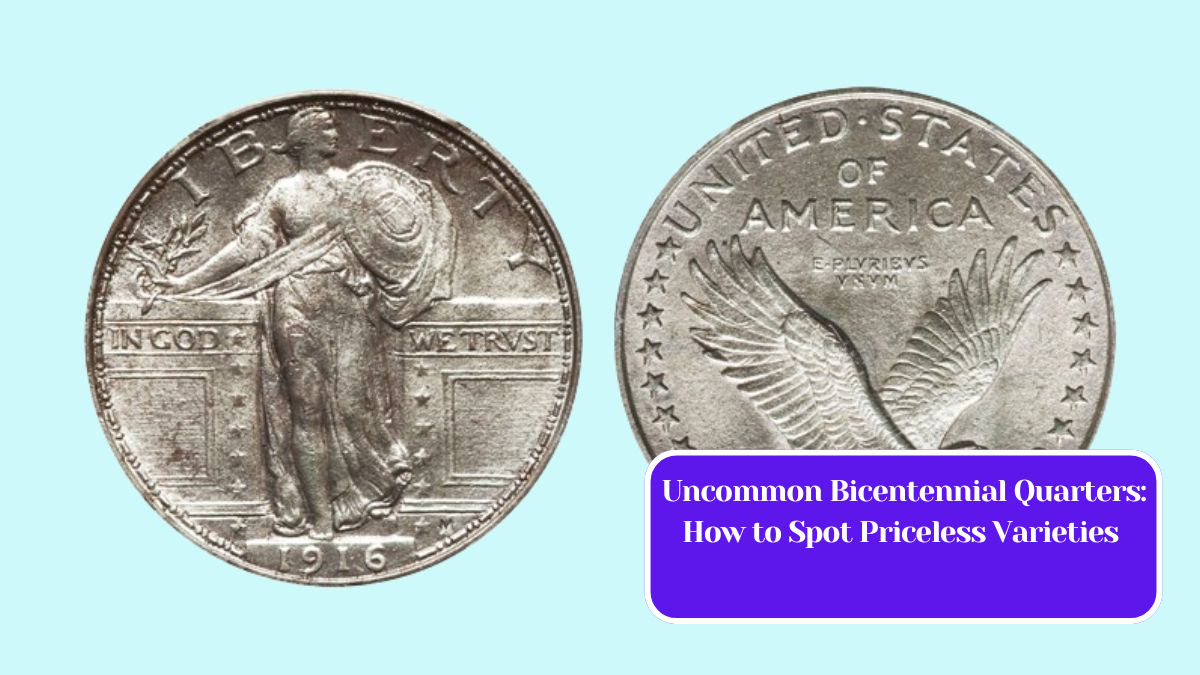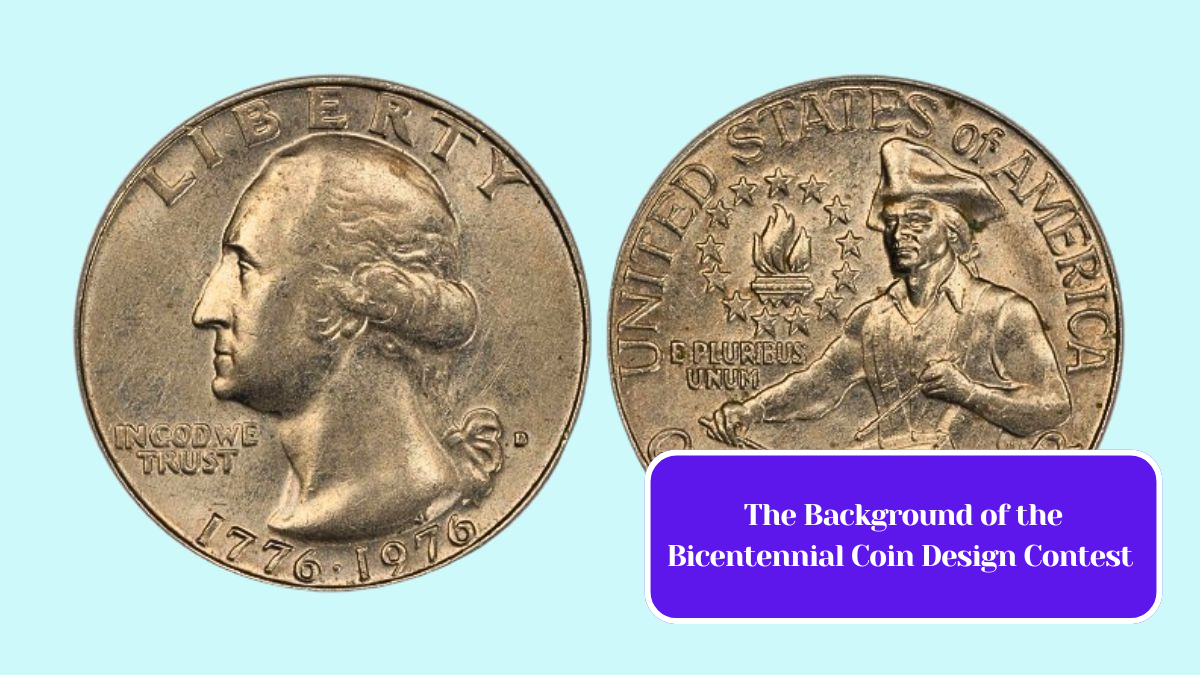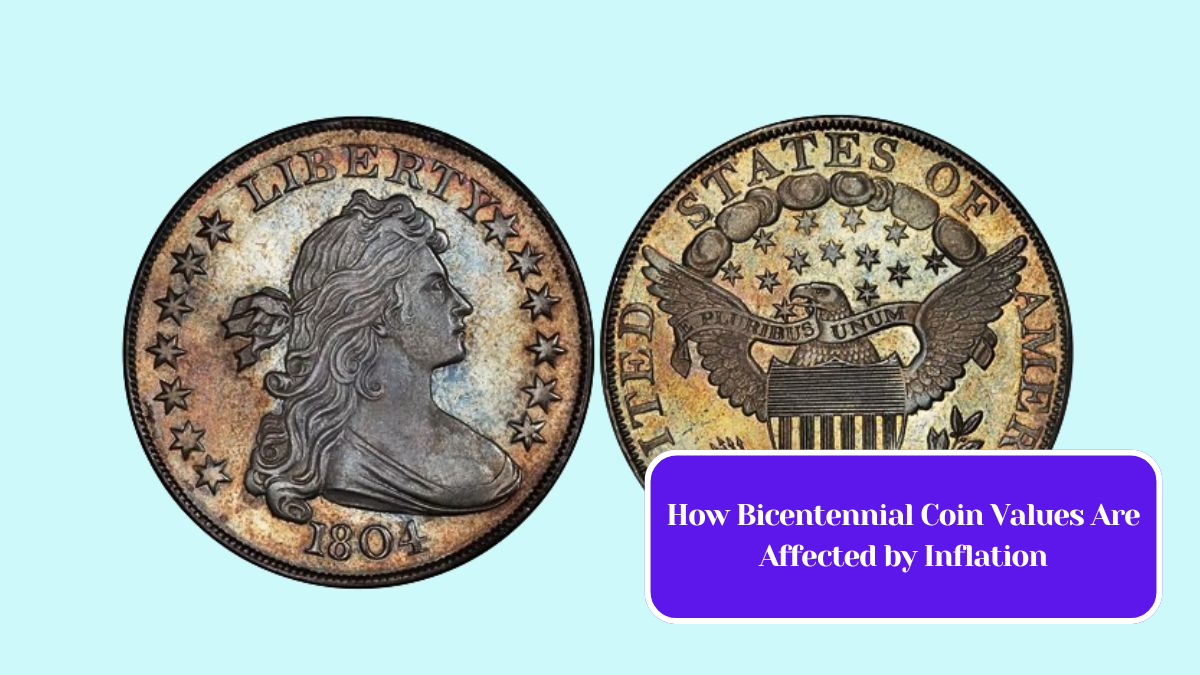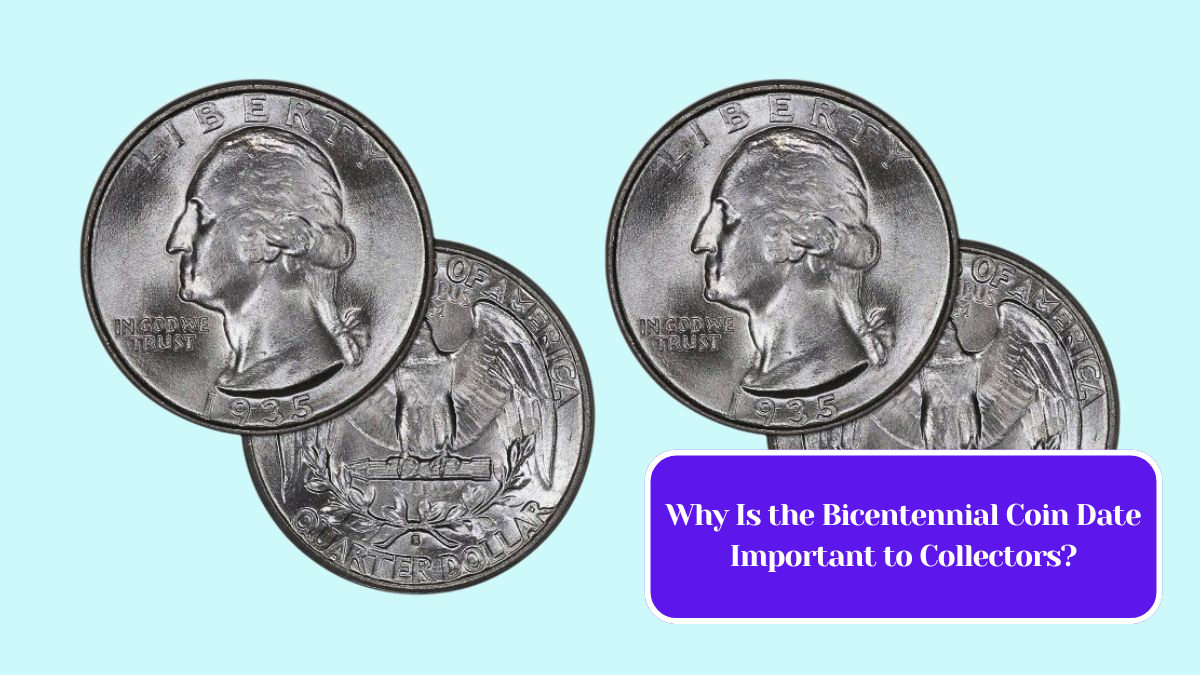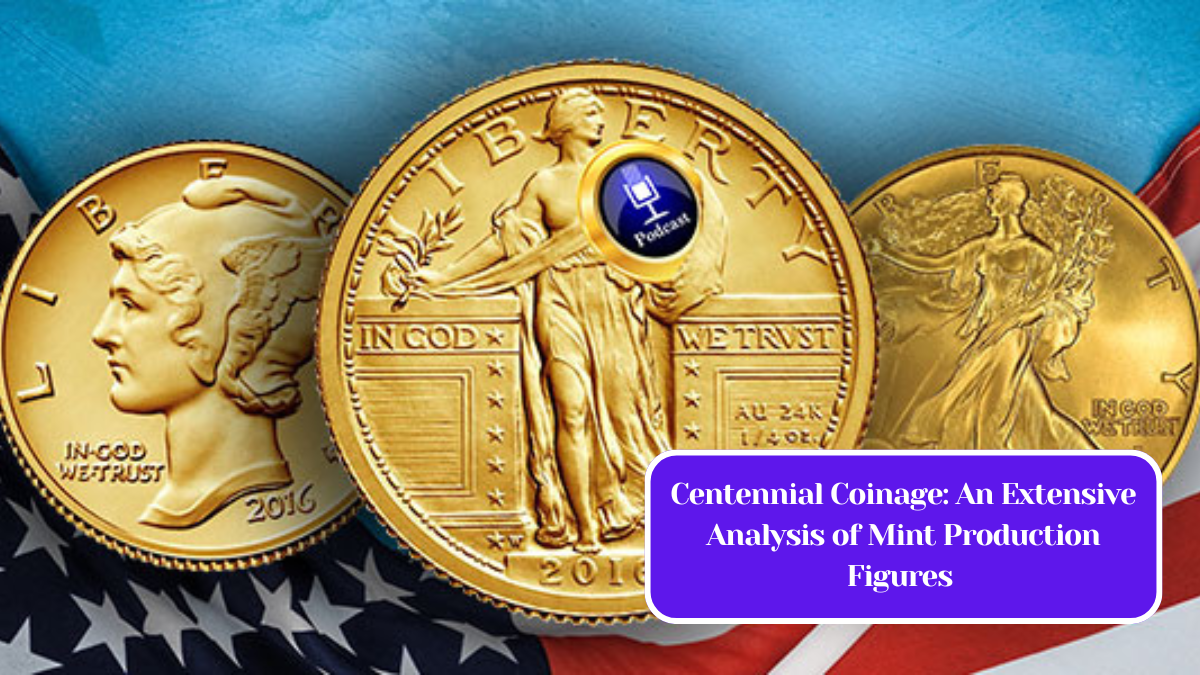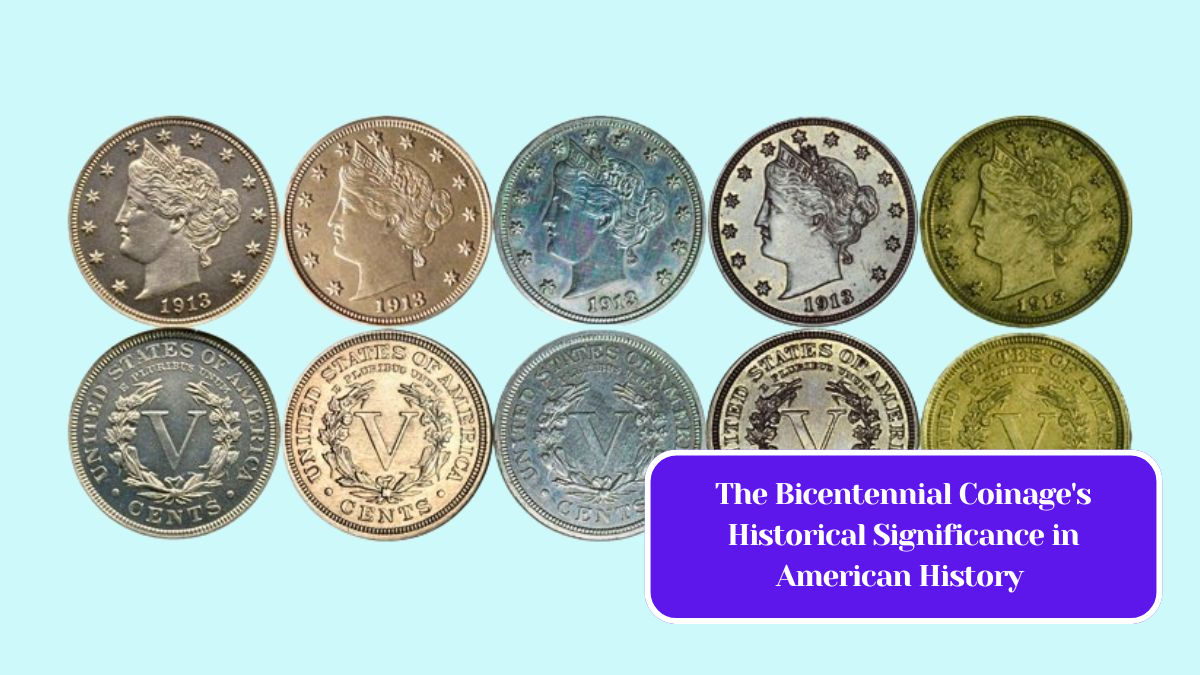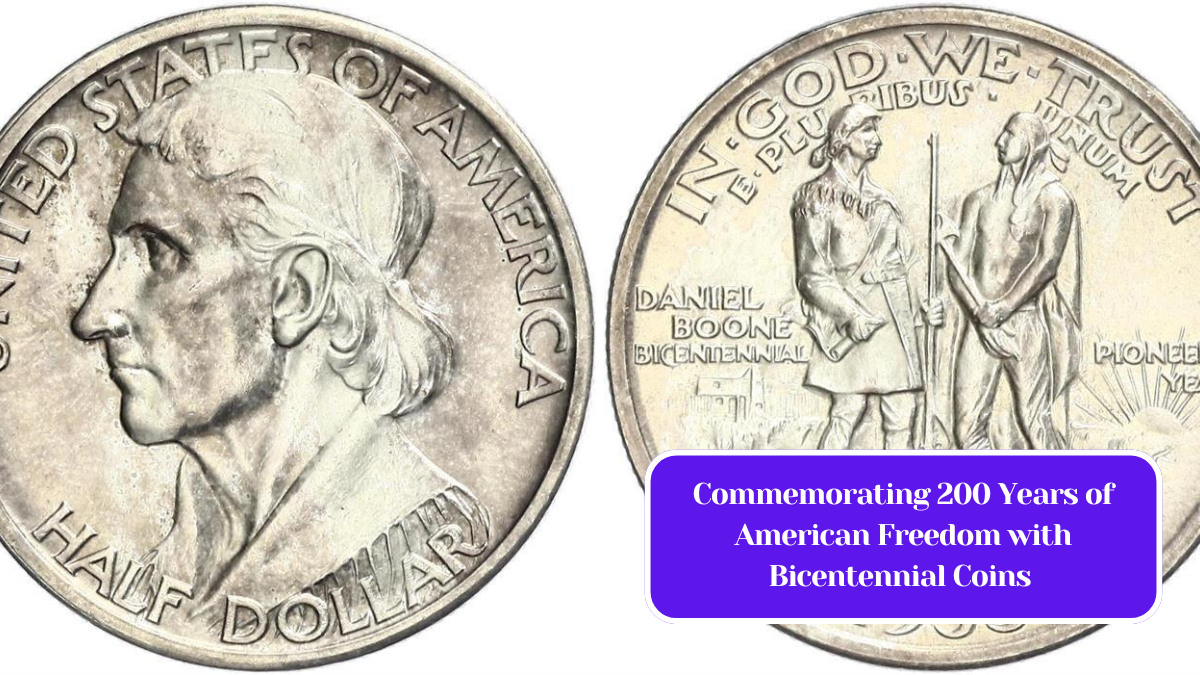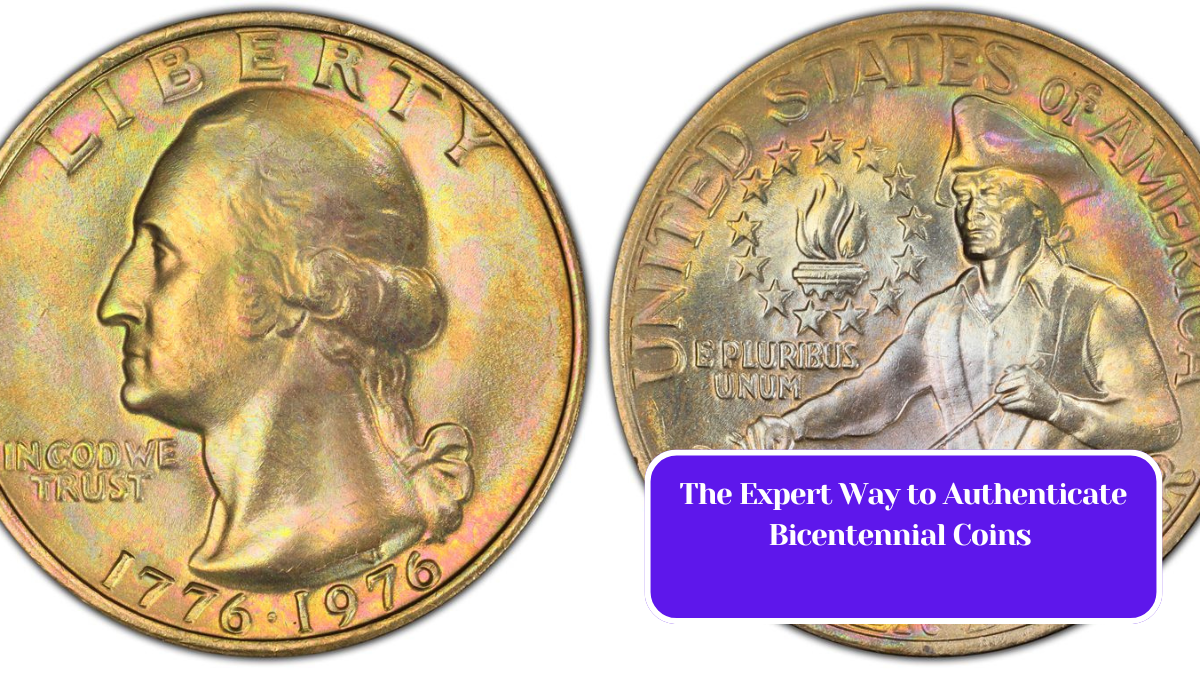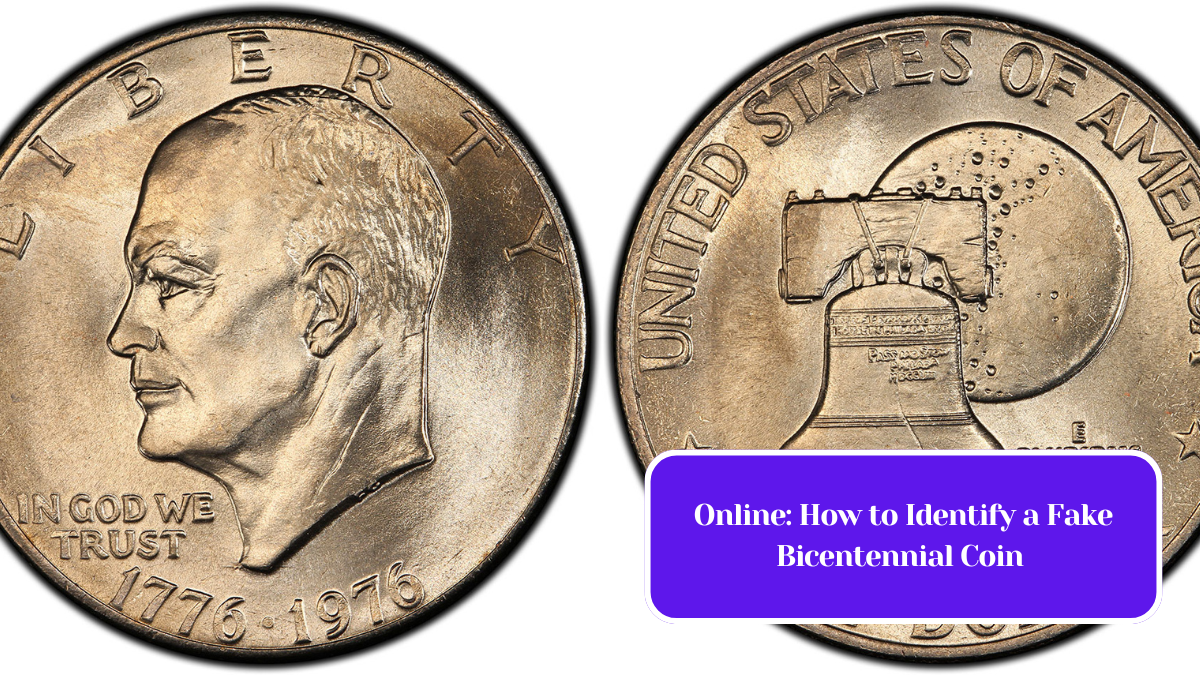Bicentennial coins, minted in 1975 and 1976 to commemorate the 200th anniversary of the United States, hold a special place in American numismatic history. These coins feature unique designs, including the depiction of Independence Hall on the reverse of the quarter, half dollar, and dollar. For collectors and history enthusiasts alike, preserving these coins is crucial to maintaining their value and historical significance. Here’s how to properly keep and preserve your bicentennial coins.
Understanding Bicentennial Coins
Before diving into preservation techniques, it’s essential to understand what bicentennial coins are. The United States Mint produced:
- Bicentennial Quarter: Features the depiction of Independence Hall.
- Bicentennial Half Dollar: Features the dual design of the drummer and the Liberty Bell.
- Bicentennial Dollar: Showcases the reverse image of the Liberty Bell with an eagle.
These coins were minted in both clad and silver versions, with the latter being particularly sought after by collectors.
Best Practices for Preservation
1. Handle with Care
When handling coins, always ensure your hands are clean and dry. The oils and dirt from your fingers can cause tarnishing and degradation over time. Use cotton gloves or hold coins by the edges to minimize direct contact.
2. Use Proper Storage Materials
Invest in high-quality storage solutions to protect your coins from environmental factors:
- Coin Holders: Use holders made from inert materials like mylar or polyethylene. Avoid PVC holders as they can leach chemicals that damage coins.
- Coin Albums: Albums designed specifically for coin storage are excellent for organizing and displaying your collection while keeping it safe.
- Coins Capsules: These provide a sturdy barrier against dust, moisture, and physical damage.
3. Maintain Optimal Environmental Conditions
Environmental factors can greatly affect the condition of your coins:
- Temperature and Humidity: Keep your coins in a stable environment, ideally between 65-70°F (18-21°C) with a relative humidity of around 45%. Avoid areas with fluctuating temperatures or high humidity.
- Light Exposure: Store coins away from direct sunlight and bright indoor lighting, as UV rays can fade and tarnish coins over time.
4. Clean Only When Necessary
Cleaning coins can be detrimental, especially if done improperly. If your bicentennial coins are dirty, it’s often best to leave them as is. If you must clean them, use a soft brush or a gentle rinse with distilled water—never use abrasives or harsh chemicals.
5. Document Your Collection
Keeping a record of your bicentennial coins, including their condition, purchase price, and any relevant history, can be invaluable. This documentation can help with future sales or insurance claims.
Regular Inspections
Periodically check your coins for any signs of deterioration. Look for discoloration, corrosion, or any changes in appearance. Early detection can help you take corrective action before serious damage occurs.
Bicentennial coins are more than just currency; they are pieces of history that deserve to be preserved. By following these best practices for handling and storage, you can ensure that your collection remains in excellent condition for years to come. Whether you’re a casual collector or a serious numismatist, taking the right steps to protect your bicentennial coins is an investment in their future.
